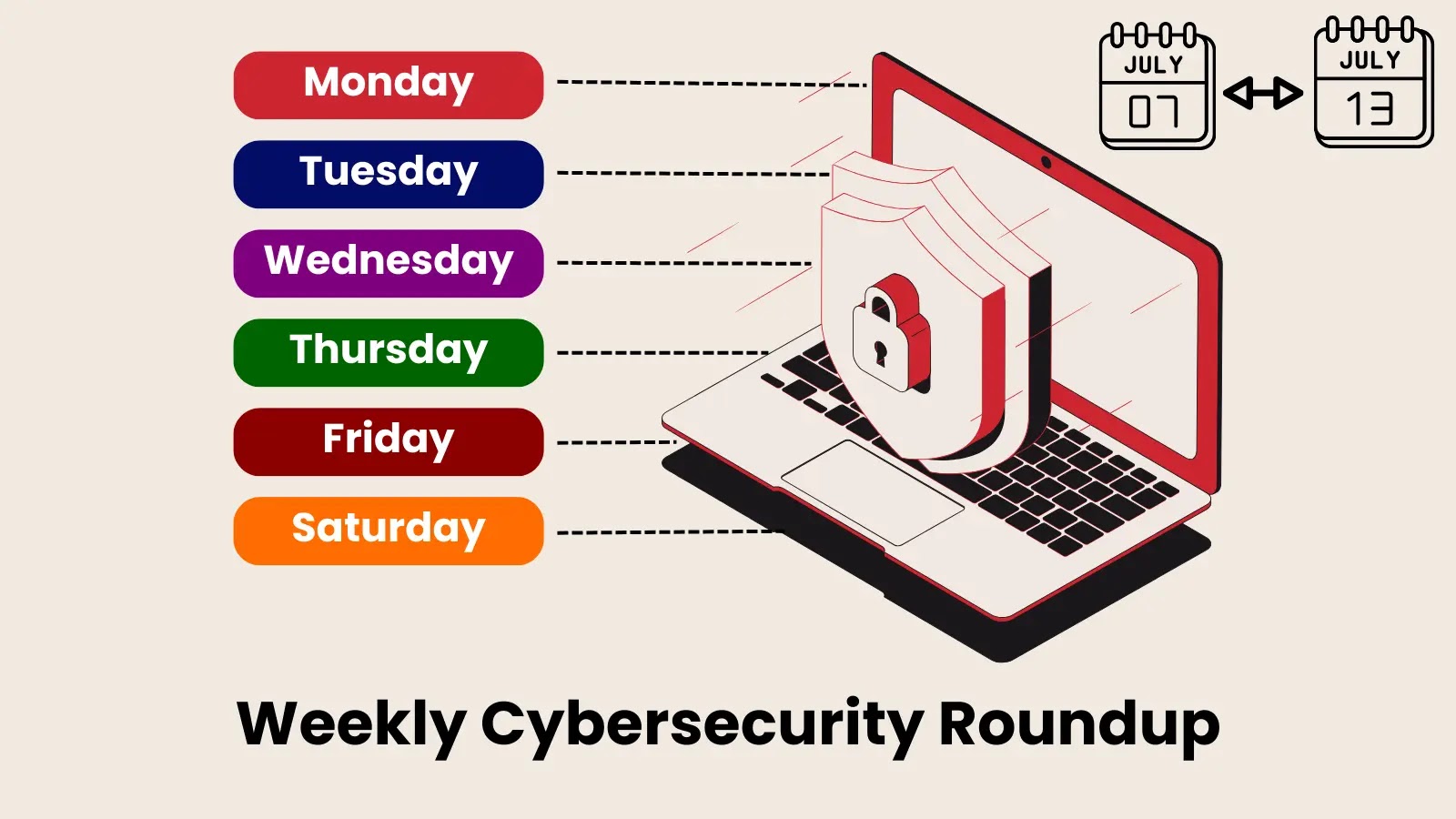
Weekly Cybersecurity Roundup: Key Vulnerabilities, Threats, and Data Breaches
Weekly Cybersecurity Roundup: Key Vulnerabilities, Threats, and Data Breaches
The digital perimeter is under constant assault. As cyberattacks grow in frequency and sophistication, staying abreast of the latest vulnerabilities, emerging threats, and significant data breaches is not just prudent—it’s imperative for any organization or individual operating online. This weekly roundup distills the most critical cybersecurity developments, offering expert analysis and actionable recommendations to bolster your defenses.
The Escalating Threat Landscape
The volume and complexity of cyber incidents continue to surge. From targeted ransomware campaigns to wide-ranging supply chain attacks, adversaries are relentlessly probing defenses for weaknesses. Organizations face an uphill battle against highly motivated and increasingly well-resourced threat actors. Understanding the current threat landscape is the first step in building resilient security postures. This week, we’ve observed a focus on exploiting legacy systems and the rapid weaponization of newly disclosed vulnerabilities.
Recent Cyber Incidents and Data Breaches
Data breaches remain a pervasive risk, often stemming from unpatched vulnerabilities, misconfigurations, or successful social engineering attacks. These incidents highlight the tangible consequences of failing to prioritize cybersecurity. Organizations must learn from these events, implementing lessons learned to prevent similar compromises within their own environments.
- Reports indicate several healthcare providers experienced significant data exposure due to a third-party vendor compromise, underscoring the critical need for robust supply chain security assessments.
- A series of distributed denial-of-service (DDoS) attacks targeting critical infrastructure sectors were observed, primarily leveraging amplified reflection techniques. While not directly data breaches, these incidents demonstrate the potential for widespread disruption and economic impact.
- Financial services institutions continue to be prime targets for phishing and account takeover attempts, with several reports of credential stuffing attacks leading to unauthorized access.
Newly Identified Vulnerabilities: Deep Dive and Remediation
Timely patching and vulnerability management are cornerstones of a proactive security strategy. Ignoring newly disclosed vulnerabilities leaves gaping holes in defenses that threat actors are quick to exploit. This section focuses on critical vulnerabilities identified this week, providing essential context and remediation steps.
Critical Remote Code Execution in XYZ Software: CVE-2023-XXXXX
A severe remote code execution (RCE) vulnerability, tracked as CVE-2023-XXXXX, has been identified in XYZ Software, widely used across enterprise environments for data management. This flaw allows an unauthenticated attacker to execute arbitrary code with elevated privileges by crafting a malicious network request. The impact is significant, potentially leading to full system compromise, data exfiltration, or the deployment of ransomware. Proof-of-concept (PoC) exploits are rumored to be circulating in underground forums, increasing the urgency of patching.
Remediation Actions
- Immediate Patching: Apply the official security patch released by XYZ Software immediately. Prioritize servers and workstations running vulnerable versions that are exposed to the internet.
- Network Segmentation: Isolate systems running XYZ Software onto dedicated network segments to limit lateral movement in case of a compromise.
- Input Validation: Ensure all network inputs processed by XYZ Software are rigorously validated to prevent malformed requests from triggering the vulnerability.
- Monitoring: Implement enhanced logging and monitoring for abnormal network traffic or process execution originating from or targeting XYZ Software instances. Look for unusual process creations, outbound connections, or changes to system configurations.
- Principle of Least Privilege: Review and enforce the principle of least privilege for accounts and services running XYZ Software.
Tools for Vulnerability Assessment and Detection
Utilizing appropriate tools is crucial for identifying and managing vulnerabilities effectively.
| Tool Name | Purpose | Link |
|---|---|---|
| Nessus | Comprehensive vulnerability scanning and assessment | https://www.tenable.com/products/nessus |
| OpenVAS | Open-source vulnerability scanner | http://www.openvas.org/ |
| Wireshark | Network protocol analyzer for traffic inspection | https://www.wireshark.org/ |
| Snort | Intrusion detection/prevention system | https://www.snort.org/ |
Key Legislative Developments and Compliance
Regulatory frameworks are constantly evolving, imposing new requirements on data protection and cybersecurity practices. Staying compliant isn’t just about avoiding fines; it’s about building trust and demonstrating a commitment to secure operations.
- Discussions around new international frameworks for critical infrastructure protection are gaining momentum, emphasizing cross-border collaboration in incident response.
- Several countries are reviewing and updating their data breach notification laws, potentially shortening response windows and expanding reporting requirements.
Key Takeaways for Enhanced Security
The digital threat landscape demands constant vigilance and proactive measures. This week’s roundup underscores several critical areas that security teams, IT professionals, and developers must prioritize:
- Patch Management is Paramount: Act fast when new vulnerabilities are disclosed. Timely patching is often the most effective defense against widespread exploits.
- Strengthen Supply Chain Security: Your security is only as strong as your weakest link, and third-party vendors often introduce significant risk. Vet them thoroughly.
- Elevate Monitoring and Detection: Comprehensive logging and advanced threat detection capabilities are essential for identifying and responding to compromises before they escalate.
- Invest in Awareness: Human error remains a leading cause of breaches. Regular security awareness training for all employees is non-negotiable.
- Segment Networks: Isolate critical assets and sensitive data to limit the impact of a breach and restrict an attacker’s lateral movement.
Staying informed about the dynamic world of cybersecurity is not optional; it is fundamental to resilience. Integrate these insights into your security strategy to better protect your digital assets.





